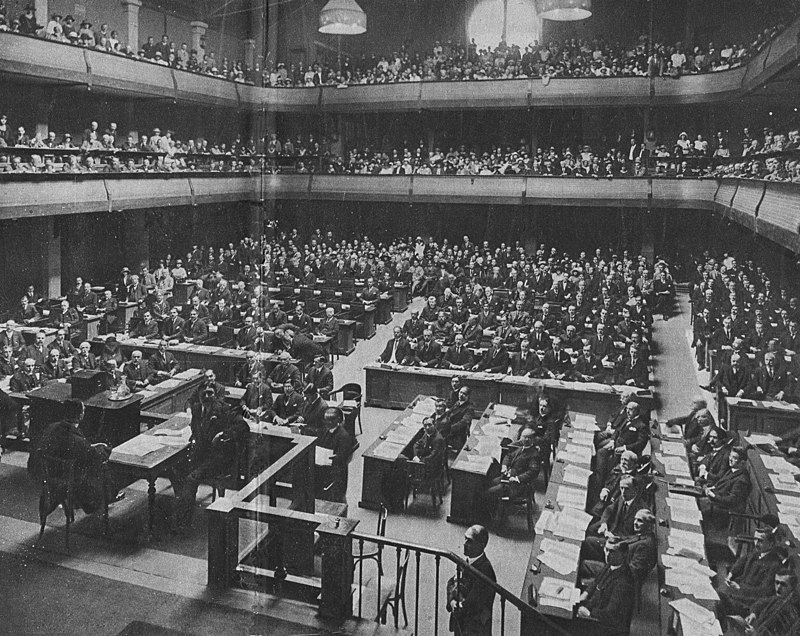On January 16, 1920, the League of Nations assembled for the first time in Paris, marking a pivotal moment in international relations. This ambitious organization aimed to maintain peace and foster cooperation in a post-World War I world. Though it faced challenges, the League paved the way for modern institutions like the United Nations.
The League, created as part of the Treaty of Versailles, was the first international organization to prevent conflicts and promote global collaboration.
Fun Facts about the League of Nations:
- The League was established after World War I to address the catastrophic consequences of the war and prevent future conflicts.
- The assembly convened in Paris with representatives from 44 member states, including smaller nations lacking a global voice, a significant step towards inclusivity in international relations.
- The League sought to resolve disputes peacefully, oversee disarmament, and inspire hope by improving global welfare through initiatives on health, labor, and humanitarian aid.
- Despite its ideals, the League struggled to enforce its resolutions, mainly as major powers like the United States never joined, and others withdrew over time.
- Though it dissolved in 1946, the League of Nations laid the groundwork for the United Nations, which continues its mission for peace and cooperation today.
- The League of Nations was headquartered in Geneva, Switzerland, in the iconic Palais des Nations, which still serves as a key venue for international diplomacy.
- The League’s first assembly was a bold step toward a united world, reflecting humanity’s enduring hope for peace.

